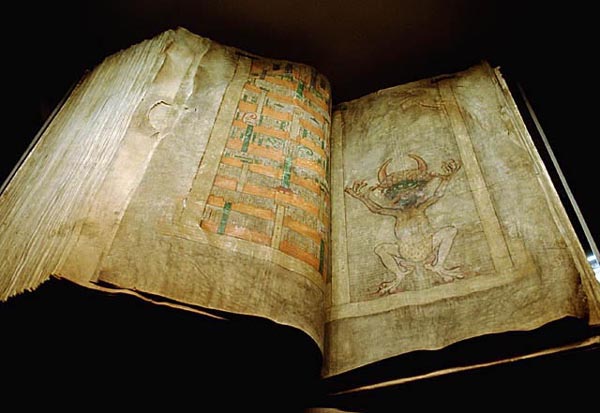|
Lorsch Codex
The Lorsch Codex (Chronicon Laureshamense, Lorscher Codex, Codex Laureshamensis) is an important historical document created between about 1175 to 1195 AD in the Monastery of Saint Nazarius in Lorsch, Germany. The codex is handwritten in Carolingian minuscule, and contains illuminated initials – for example, a huge "D" is presented on the first page. The codex consists of 460 pages in large format containing more than 3800 entries. It is important because it details the gifts given to the monastery and the possessions belonging to it, giving some of the first mention of cities of the Middle Ages in central Germany, and in particular in the Rhein-Neckar region. Over one thousand places are named. None of the original documents that were copied into the codex are known to have survived. The codex is now in the Bavarian state archive in Münich. Literature *''Codex Laureshamensis. Das Urkundenbuch des ehemaligen Reichsklosters Lorch'', Neustadt/Aisch 2003 (Bavarian State Ar ... [...More Info...] [...Related Items...] OR: [Wikipedia] [Google] [Baidu] |
Codex Laureshamensis Initial-D The codex (plural codices ) was the historical ancestor of the modern book. Instead of being composed of sheets of paper, it used sheets of vellum, papyrus, or other materials. The term ''codex'' is often used for ancient manuscript books, with handwritten contents. A codex, much like the modern book, is bound by stacking the pages and securing one set of edges by a variety of methods over the centuries, yet in a form analogous to modern bookbinding. Modern books are divided into paperback or softback and those bound with stiff boards, called hardbacks. Elaborate historical bindings are called treasure bindings. At least in the |
